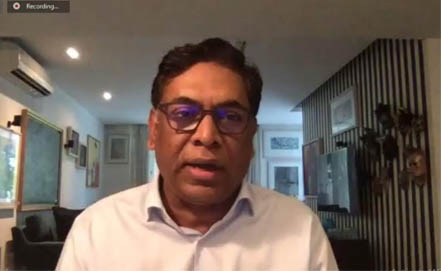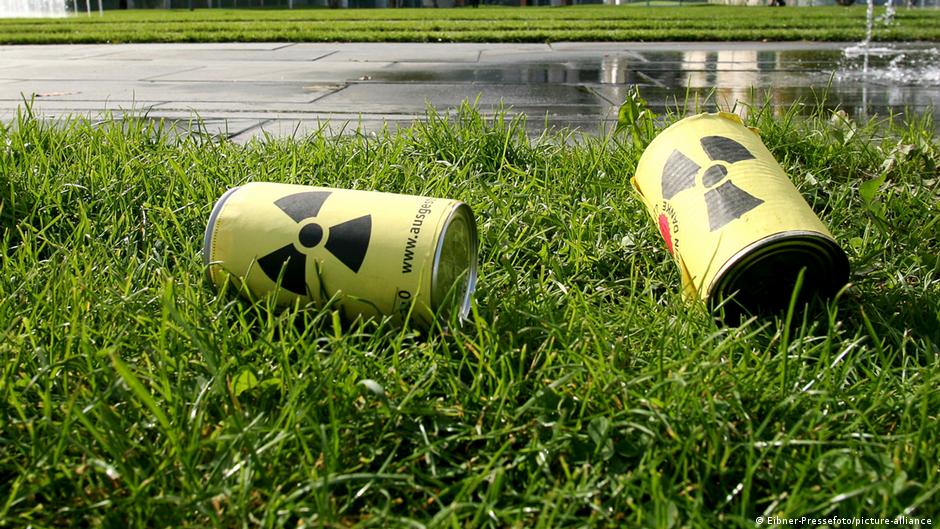State Minister for Power, Energy and Mineral Resources Nasrul Hamid today said that the process of natural gas exploration and extraction will be continued on priority basis.
“It is must be expanded in natural gas exploration and extraction work with realistic projects,” he said this while witnessing an agreement signing ceremony virtually as chief guest.
Nasrul Hamid said that the projects taken by the ministry will have to be implemented with the stipulated timeframe.
Sylhet Gas Fields Company Limited signed the deal with Sinopec International Petroleum Service Corporation, China, for land development and construction of civil works, supply of exploration materials, provide third party engineering services and carrying out all digging activities on turn-key basis.
The project was taken by Gas Development Fund and Sylhet Gas Fields Company Limited with its own financing.
The state minister said whatever quantity of gas comes from the walkover or exploration wells will contribute a lot to the national development.
Authorities expected that around 10 million cubic feet of gas will be produced from the well per day, according to the project details.
Among others, additional secretary of energy division SM Zakir Hossain, Petrobangla Chairman Nazmul Ahsan and Sylhet Gas Fields Limited Managing Director Md Mizanur Rahman were present at the signing ceremony.
Source: BSS
AH
- Dhaka Thu, 09 MAY 2024,

 Live Tv
Live Tv













